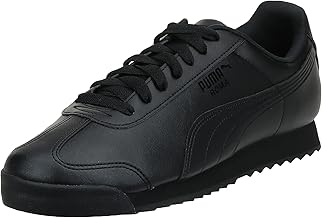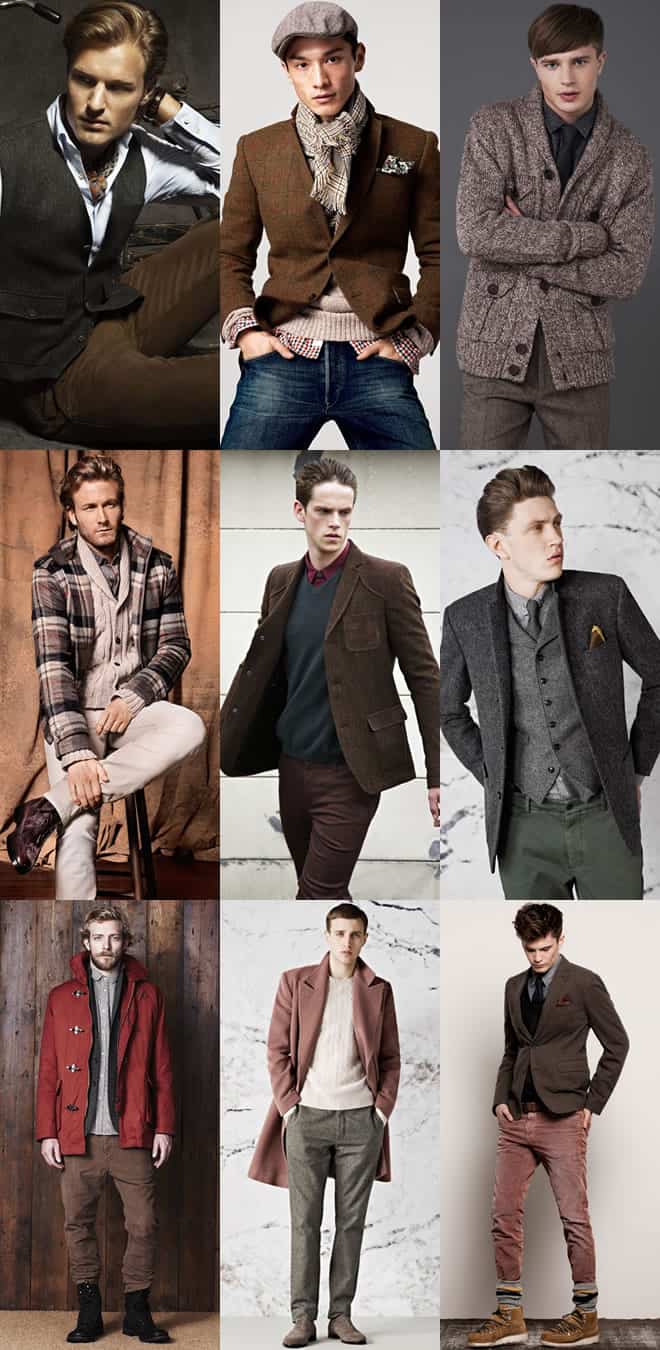Men’s Fashion Basics – Part 41 – An Introduction To Colour
So with men’s accessories out of the way, I think it’s time that we move on to something a bit more colorful. I’d say that probably half the e-mails that I receive from guys with questions about fashion tend to revolve around how to wear color correctly. Most of the time it’s in regard to an item that they’ve purchased and they’re unsure of what to pair it with but occasionally it’s the simple question of “How does color work?”. And it’s a fair one to ask.
It seems that as males we have an innate disposition compared to our female counterparts when it comes to color. It scares us. Confuses us. Gives us that dizzy feeling not unlike vertigo. This often results in the modern day man we see who prefers to stick to neutral tones like black, white and grey which, let’s be honest… is pretty boring. But luckily, you don’t need to be a woman to understand how to wear color, you just need to understand the color wheel.
The Colour Wheel

When you look at the color wheel you can see twelve main colors ranging from red to violet, green to yellow, blue all the way back to red. These are the basic colors that can be referred to as hues. If you add white or black to these then they will change in hue yet again; for example violet and white will make lavender while black with purple will make plum.
By making these adjustments you can pretty much come up with any color you want. But what’s really important is understanding the position of each color on the wheel because how close or far away they are is what makes them easy or difficult to co-ordinate.
Position
As I said, where colors sit on the wheel will let you know if they go together:
- Similar colors are next to each other. For example yellow and yellow-green is easy co-ordinate. When colors are close to each other in the wheels it’s easy to pick one color and then build accessories of neighboring colors. It’s also important to bear in mind warm (red, yellow, orange) and cold colors (greens, blues, violets). Always remember a fool proof way is to pair cold colors together but you can create great combinations by taking two cold and one warm; such as a navy suit, blue shirt and a red tie.
- Complementary colors are opposite from each other in the wheel. Green and red are a perfect example. These colors are the hardest to pair together. Even though they ‘complement’ each other, wearing them in their full strength is sometimes too much for the human eye to bear. What you can do is change the hue, so add white to red to make pink and you’ve got every Preppy kids summer color of choice. There is no set rules for complementing colors, just experimenting, so see what works for you!
- Contrasting colors have three colors between them in the wheel. For example blue and red or orange and violet. The best way to pair these together though is to make sure one of the colors is a darker tone, so for example navy and red. If they are both vivid colors they will compete with the eye too much.
It’s also important to bear mind a few other rules too. When it comes to light colors, don’t pair them together too often, they tend to have an Easter Egg effect. It’s best to anchor light colors with dark grey or black; if the color is one or two steps away from being white then it’s best to stick with a charcoal grey. The important thing to remember is that dark colors (like burgundy and navy) pair better with vivid (not light) colors because the dark tends to overpower the light.












